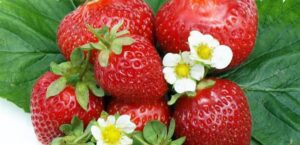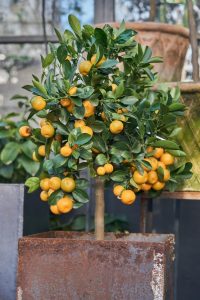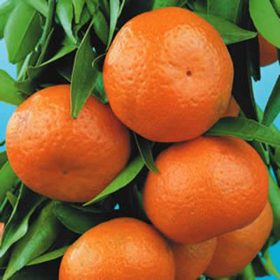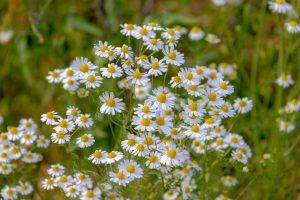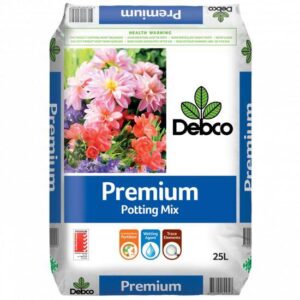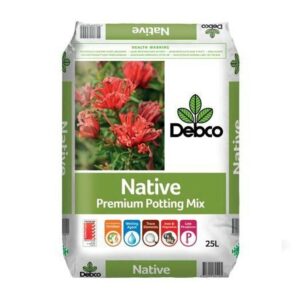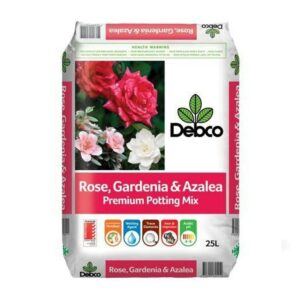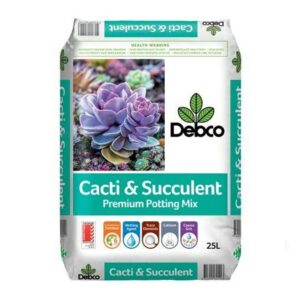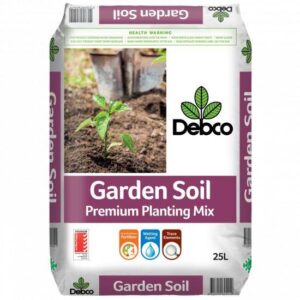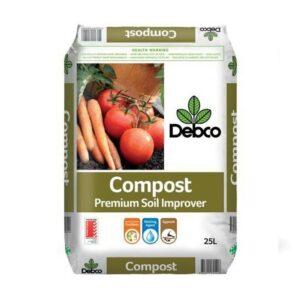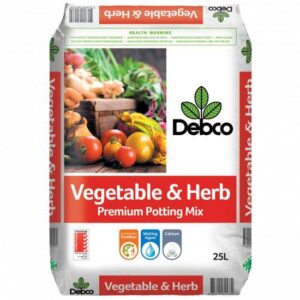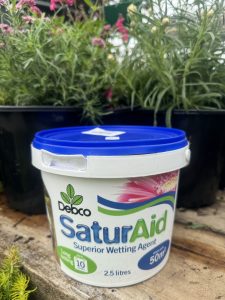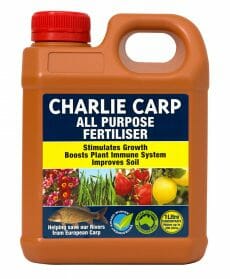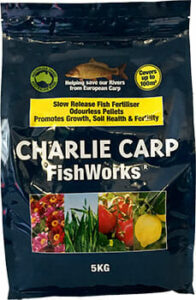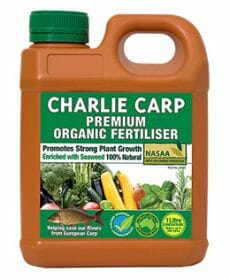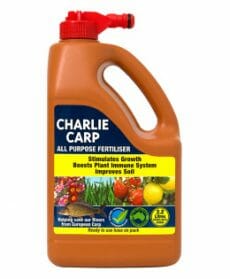
September in the garden
Hello Hello, dear gardening friends! September officially marks the end of Winter and the arrival of the most anticipated season for gardeners, nature, and sunshine lovers alike: SPRING!
Let’s open up the windows and let the fresh air in. Birds and baby animals are back, bees are busy buzzing around, flower buds are opening up, sharing their delightful fragrance and the new tender leaves are slowly unfolding. Plums, cherries, peaches, nectarines, apricots, almonds, ornamental pears, and magnolias are putting on quite a show of flowers right now, and the bees are loving it. We will be rewarded with some yummy fruit in a couple of months. You must be feeling more energized, soaking up some natural vitamin D from the sun and you are motivated to spend more time in the garden. That is just perfect! There is so much to do out there. Some of us have neglected the garden just a little bit over Winter, it like a jungle out there (those guilty, raise your hands!). But don’t let this stress you out, as gardening is about having a good time out there. You still have about two weeks before the soil temperature starts to rise and by then you should ideally have prepared your garden beds for new plants, so as to plant them out until the end of September.
Some of us have neglected the garden just a little bit over Winter, it like a jungle out there (those guilty, raise your hands!). But don’t let this stress you out, as gardening is about having a good time out there. You still have about two weeks before the soil temperature starts to rise and by then you should ideally have prepared your garden beds for new plants, so as to plant them out until the end of September.
Ok, it’s time to roll up your sleeves. We have a lot of things to do in the garden!
Bare Rooted Plants
• If you haven’t bought your bare root plants yet, the next three weeks is your last window to get them for this year. Bare root plants are usually cheaper than the same size potted plants available at other times of the year. They are very practical and easy to plant because they are dormant until early Spring. They have the time to get adjusted to their planting spot and do not suffer from transplant shock that can usually stunt plant growth for a little while.
We have a beautiful selection of weeping cherries, Standard Roses, Ornamental Pears, Mop Tops, and Silver Birches. (Click on the links to view the products)
If you have already planted your bare root plants, remember to keep the soil moist. They are starting to grow leaves and will need water to grow properly.
Here is a practical guide about how to best plant them. Click here.
Flowers, Bulbs and Seeds
• Here are some perennial flowering plants that are just about to flower, that you can easily pop in your garden to give you some beautiful colors.
• Here are a few flowers that you can plant from seed right now: marigolds, salvias, petunias, sunflowers, asters, delphiniums, foxgloves, snapdragons, cosmos, and dianthus. Marigolds are a great companion plant for summer tomatoes and capsicums, as they deter many pests.
• We have an beautiful range of deciduous magnolias in store right now that are in full bloom for the next couple of weeks! Click here to see them all.
Fruits
Soon we will be able to bite into our favourite sweet and juicy summer fruits. No need to be envious of the neighbour’s fruit loaded plants, as you can have your own trees, pick fresh fruit, and enjoy them when you feel like it.
• Berries are so yummy and easy to grow. We have an amazing selection of blueberry, blackberry, and dwarf mulberries. Perfect for healthy breakfasts or desserts. Click here to see them all.
• Stone fruit trees are flowering and putting on a show for us, while making the bees very happy, before giving us some amazing Summer fruit! Click here to see them all.
• Citrus plants. Imagine sipping on some fresh home pressed lemonade or a mojito with lime from your garden this Summer! We have a great selection of dwarf and full-size trees such as limes, oranges, mandarins, and kumquats. If you don’t have much space, consider espaliered trees that are perfect for a patio or balcony. Click here to see them all.
Vegetables & Herbs
• Summer veggies such as tomato, peppers, squash, eggplants, zucchini, chilies and basil can be sown in pots or trays and kept in a greenhouse until the weather is above 20 degrees Celsius during the day and ideally above 13 degrees at night. Planting them in the garden right now will shock and stunt them, also making them more vulnerable to disease and not perform well for you over Summer. So a little patience will go a long way!
• Keep an eye out for our Summer veggies selection coming in store in a few weeks! Some places are already selling them, but truth be told, they will not grow properly unless they are in a greenhouse.
• Check the weather forecast for warmer temperatures and later during the month choose a few days that are overcast and rather cool to plant your small plants out in the garden. Remember to water them in properly. Some seaweed fertilizers can help them settle in better in their new spot.
• With the temperatures slowly rising and days getting longer, many Winter veggies will bolt (go to seed and loose their lush leafiness) so it is time to go through it all and use them up. You can either use them generously in your kitchen or also harvest and freeze them for a steady supply over Summer.
• Leafy greens such as lettuce, spinach, rocket, endive, silverbeet, mustard greens, and celery will grow well in the garden at the moment. Consider working out some space for them and plant them every couple of weeks for a steady supply. Fresh salad bowls will be a perfect addition for barbeques over Spring & Summer. Click here to see them all.
• Root Veggies such as carrots, radish, turnips, parsnips, and beetroot are also great to plant right now. Young beetroot leaves make a tasty, colorful addition to your salads.
• Culinary herbs will go really well with your Summer veggies, both as companion plants and as cooking condiments. We have a fantastic variety right now such as mint, thyme, oregano, marjoram, verbena, chamomile, etc. Many are great for green teas and that is medicinal. such as the pineapple sage or arthritis herb. Click here to see them all.
• Herbal Tea Herbs are perfect for brewing your digestive home teas. You can either dry the leaves up and store them or use them fresh. These aid with digestion, sleep and have many other beneficial virtues.
Pruning, Repotting & Weeding
• Winter-flowering natives and non-natives can be pruned back and deadheaded to keep them nice and tidy. You can also prune back your evergreen trees to encourage new growth this Spring.
• If some of your potted plants have become overcrowded or looking sad, now is a great time to split them up and re-pot them. The sad-looking ones are usually root-bound and could use a light root trimming and then potting into a bigger pot, or a top up with some fresh potting mix. Keep them partly shaded and protected for at least a week after this, then you can give them a liquid or foliar fertilizer feed. Also remember to remove the dead, damaged, and excessive growth to improve air circulation. Your succulents can be divided up and put into new pots. More plants!! YAY!
• Scraggy plants. In their prime, they looked fantastic! But now some plants are not performing well despite being pruned, fertilized, and taken care of. They are prone to disease and put your other healthy plants at risk. They could be old and have dwindling strength. Consider pulling them out and replacing them with something that will perform for you. Remember to rework the soil and let it settle for a week or two before putting a new plant there. If you are unsure if your plant can bounce back, you can always send us a photo of the plant with some details and we will give you some advice.
• Stay on top of the weeds and pull them out as soon as possible, as with the longer days they will start to set seed and drop it…all through your garden! And you do not want that to happen, as you will be fighting weeds all Spring and Summer long if they start spreading in your garden.
Soil, Fertilising, and Mulching
• If you have poor soil in your vegetable beds, with a couple of small Winter crops still growing, you could start harvesting and emptying the beds to prepare them for Spring vegetables. Throw in generous amounts of rich compost, new soil, manure and blood and bone meal and turn it over to mix it thoroughly. Let it settle for a week or two and it will be perfect for your tomatoes, eggplants, and capsicums during Spring and Summer. It is also a good idea to test the PH of the soil and amend it as necessary. Remember that the PH will change with the new additions so test it at various intervals. The aim is to get a neutral Ph of 6-7, which vegetables thrive in. Sulphur (liquid or pellets) and pine mulch make your soil acidic whereas lime and mushroom compost increases alkalinity.
• If your soil does not hold on to moisture and goes dry way too fast, you can add some Soil Wetter to improve clay and compacted soil. This makes your plants thrive better as the soil humidity does not fluctuate wildly, and it allows watering and rain to penetrate to the roots where the plants need it rather than just running off the surface.
• Restore some beneficial microbial activity in your soil with some compost tea or using a liquid product such as Gogo Juice.
• Put some rich compost or well-aged manure around your fruit trees, to give them the well-needed boost for the Summer fruiting season.
• It is best to give some liquid feed to Winter/Spring flowering annuals every two weeks with a complete liquid fertilizer.
• You can also add some slow-release granular fertilizer that will feed your plants over a period of 3 to 6 months.
• You can put some fresh mulch around your plants to keep weeds at bay. If you are putting mulch for the first time, make sure to choose the right ones as they change the PH of the soil when they break down. Pine creates acidity, so it is great for Azaleas or Camellias, whereas straw or sugarcane are recommended for veggie beds.
Pests & Disease
There are always pests and diseases lurking around, but we do not see them a whole lot in Winter thanks to the cold that keeps them at bay.
• Aphids will be back in the garden once the temperature rises, so you need to keep an eye out for them on new tender growth, especially on roses and stone fruit trees. Numbers can increase rapidly if left undetected. Soon enough the ants will be back to farm the aphids and will be placing them strategically around the plants in your garden. You can simply blast them off with the hose. You can also make some homemade aphid spray to use under the leaves of affected plants. Mix 2 tsp vegetable oil, 1 tsp dishwashing liquid and some garlic cloves crushed, mixed in 1lt of water and left to infuse overnight. This is completely safe for other beneficial insects. Also think of planting some beneficial insect plants that will attract ladybirds and they will take care of aphids for you.
• For ants you could sprinkle some diatomaceous earth on the ground where there is a lot of ant activity but only when it is dry. You will have to reapply it after it has rained. It is a natural organic control method that will not harm other insects.
• Citrus gall wasps are starting to emerge now that there is new growth. You should inspect your citrus trees and prune off of any galls you see and dispose of them properly by either bagging and sun drying the stems, burning them, or burying them deep in the ground. Some extra protection can be given by setting up some wasp traps.
• There are a lot of fungal diseases that can attack your rose plants such as black spot, rust and mildew, and Azaleas are vulnerable to petal blight, because of the rising humidity thanks to the rain and warmer temperatures. If you have noticed any fungal disease in the past on your plants, now is a good time to spray them with some organic copper-based fungicides.
• Leaf curl is mainly a disease of peaches and nectarines, though it may also affect almonds and apricots. It’s caused by the fungus ‘Taphrina deformans’ and occurs wherever peaches and nectarines are grown. Some symptoms are leaves that are entirely or partially curled, distorted, and are initially pale green in colour before turning red or purple. This will result in fruit that has raised, irregular rough patches, usually red in colour. Such fruit often falls prematurely. You can treat this with commercially available copper or lime-based fungicide sprays just during bud swelling, but before they have opened. Once opened it is too late to spray as the leaves will get damaged.
That’s it for this month!
Keep yourself busy in the garden, there is no better therapy to stay mentally and physically fit! And as usual, stay safe lovely people 🙂
Gardening September Melbourne, Victoria, Australia.




